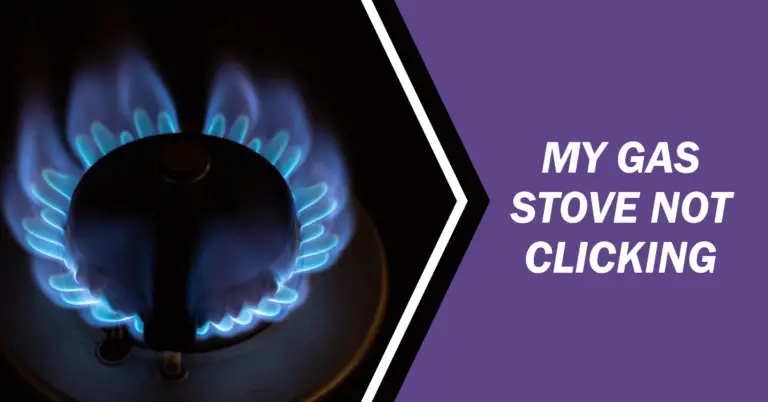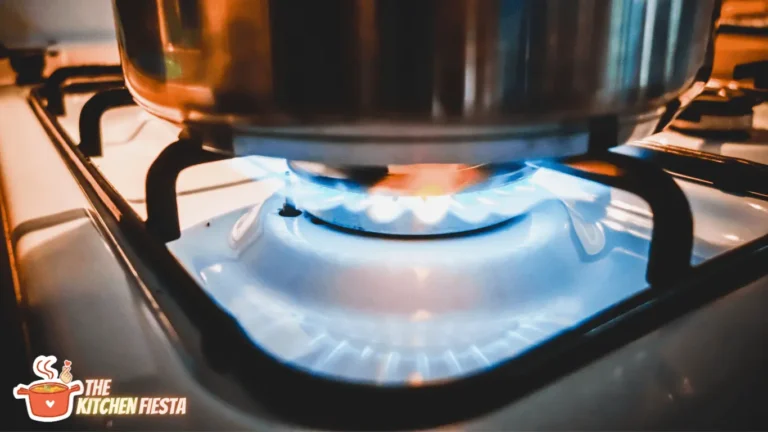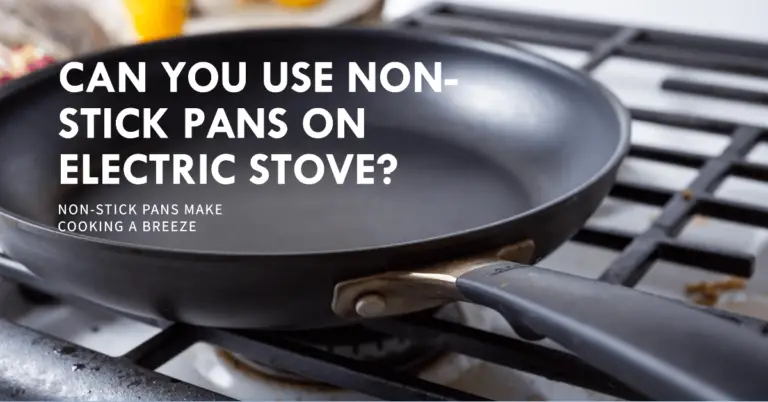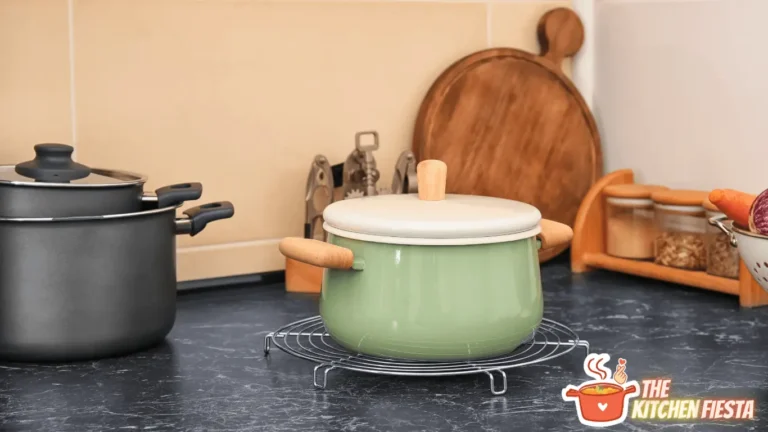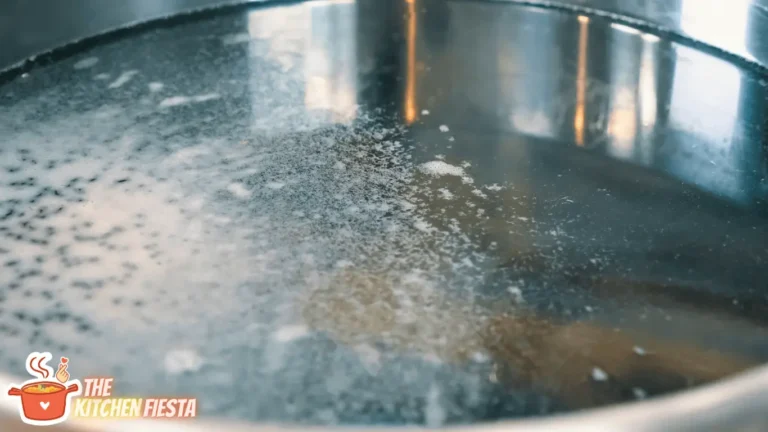How to Boil Water on a Gas Stove: A Complete Step-by-Step Guide
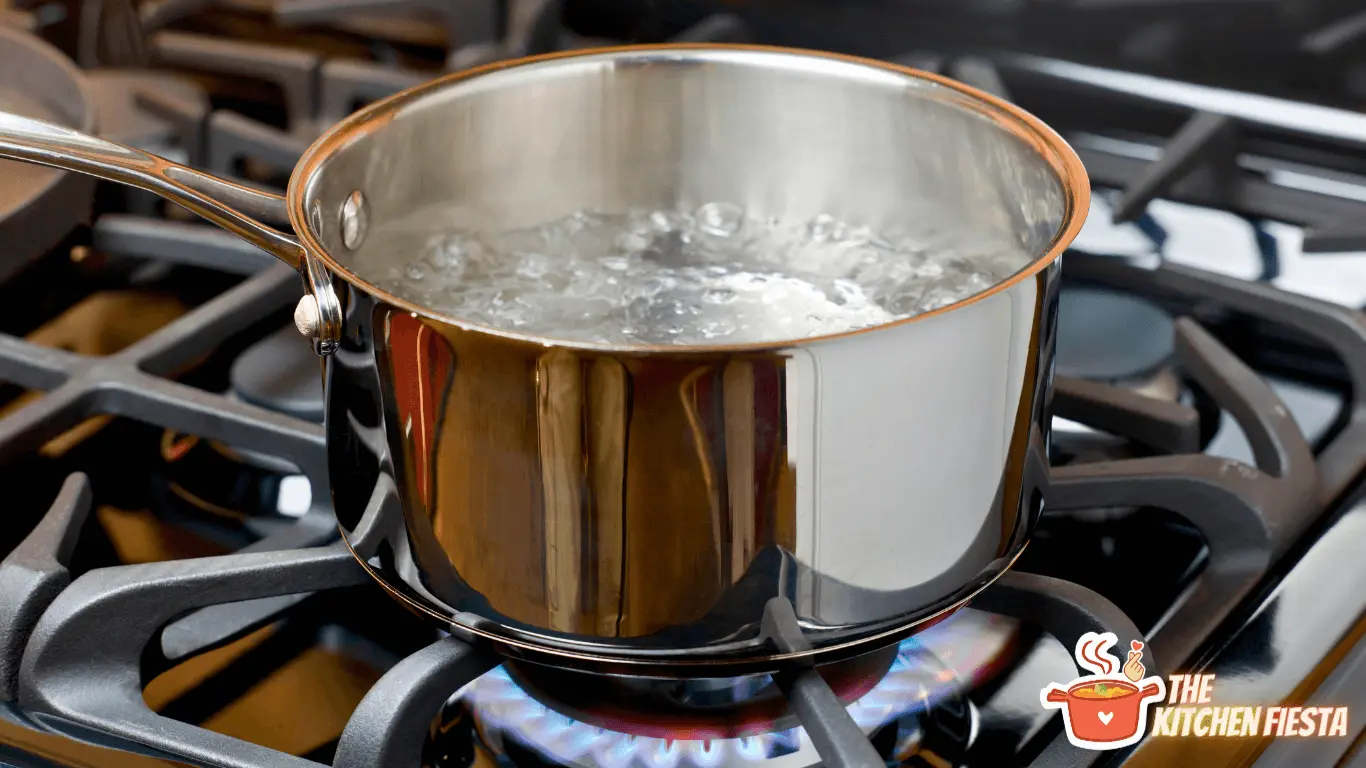
Want to learn the secrets to perfectly boiling water on a gas stove? You’ll discover the best pots to use, optimal burner settings, safety tips, and how to speed up the boiling process.
Boiling water is one of the most common tasks performed in any kitchen. But there are some finer points to getting it just right. Read on to become a pro at boiling water on a gas stove!
Gas Stove Basics
Before learning how to boil water on a gas stove, it helps to understand how these stoves function and what makes them different than electric ranges.
How Does a Gas Stove Work?
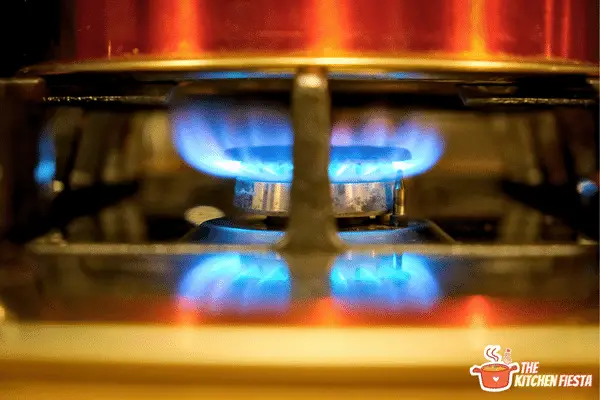
Gas stoves use natural gas or propane to generate heat rather than electric coils. Here is the basic process:
- Natural gas or liquefied petroleum (propane) is fed into the stove through supply lines or a connected gas cylinder.
- When a burner knob is turned on, gas flows out of the burner holes.
- An electric igniter sparks to light the gas, creating a flame.
- The flame directly heats the pot or pan placed on the burner.
- Turning the knob adjusts gas flow to make the flame bigger or smaller.
- To turn off, the knob is turned until the gas supply stops and the flame is extinguished.
Benefits of Gas Stoves
There are some key advantages gas stoves have over electric models:
- Faster heating – Gas burners heat up pots and pans much more rapidly than electric coils. Water will come to a boil faster.
- Better temperature control – Adjusting the gas flame allows more precise fine-tuning of heating levels.
- Higher heat output – Gas stoves can produce up to 20,000 BTU for very high heat levels required for tasks like searing meat.
- Constant heat – Gas flames provide constant heat as long as they are burning, unlike electric coils that cycle on and off.
- Lower electricity usage – Gas stoves use less electrical power overall.
So in summary, gas stoves heat up quicker, can get hotter, and provide more responsive temperature adjustment compared to electric ranges. This makes them exceptionally well-suited for boiling water.
Choosing the Right Pot or Kettle for Boiling Water
The first step in successfully boiling water on a gas stove is selecting an appropriate pot or kettle. Here are some key factors to consider:
- Size of the pot – A pot that is too small for the amount of water you want to boil will cause boil overs. A larger pot with more surface area allows for faster boiling.
- Material – Good heat conducting materials like stainless steel work best. Avoid glass or ceramic pots which can easily crack from sudden temperature changes.
- Shape – Wide, shallow pots heat water faster than tall, narrow ones. But tall pots are better for pasta or boiling vegetables.
- Pot vs kettle – Kettles are ideal for heating water quickly. Pots offer more versatility for cooking foods in boiling water.
For most basic boiling tasks, a 2-4 quart stainless steel pot or stovetop kettle with a wide base will heat water efficiently. Make sure it’s an appropriate size for the amount of water you’ll typically boil.
Factors That Affect How Long It Takes to Boil Water
Several key factors impact how fast you can get water boiling on your gas stove:
- Amount of water – The more water you boil, the longer it will take. A small pot of water will boil faster.
- Power of the burner – Gas stoves have burners ranging from 5,000 BTU to 18,000 BTU. Higher BTU means faster boiling.
- Using a lid – Covering the pot significantly decreases boiling time by trapping heat.
- Start temperature of water – Hot tap water will boil faster than cold water.
- Altitude – Higher altitudes lower the boiling point of water, increasing boil time.
Under typical conditions, 1-2 quarts of water will come to a boil within 5-10 minutes on a high powered gas burner. But many factors can increase or decrease this average boil time.
Setting the Burner to the Right Temperature
To boil water efficiently, the burner temperature needs to be set just right. Here are some guidelines:
- Start on high – Initiate boiling by turning the burner to the highest heat setting. This rapidly heats the pot and water.
- Reduce to medium-high – Once the water begins breaking the surface with steady bubbles, reduce the heat slightly to avoid boil overs.
- Maintain a gentle boil – Keep the burner at a level where a constant gentle boil is maintained, around 200°F to 212°F.
- Use a rolling boil for pasta – Boiling pasta requires more vigorous bubbling. Keep the burner high enough to sustain a rolling boil.
It takes some trial and error to find the ideal burner settings for boiling on your specific stove. But in general, use high heat to initiate boiling then back off slightly to maintain it.
Monitoring the Boiling Process
Don’t walk away once you’ve turned on the burner beneath a pot of water! Carefully monitor the pot during the entire boiling process:
- Watch for the first bubbles – The first sign of boiling will be small bubbles forming at the bottom and sides of the pot.
- Look for changes to the surface – As the temperature nears 212°F, the surface will become wavy and turbulent rather than smooth.
- Listen for boiling sounds – A constant bubbling sound means the water is reaching the boiling stage.
- Use a thermometer – For an exact temperature reading, use a kitchen thermometer. Once it hits 212°F, the water is ready.
Visually inspecting the pot and listening for boiling sounds are usually enough to gauge when the water is ready. But a thermometer eliminates any guesswork.
Turn Off the Burner at the Right Time
It can be easy to over or under-boil water if you aren’t paying attention. Follow these tips for removing the pot at just the right time:
- Don’t let it boil dry – If the burner is left on too long, all the water can evaporate. This can ruin pots.
- Allow the bubbling to stop – After turning off the heat, let the boiling come to a complete stop before grabbing the pot.
- Use oven mitts – Always firmly grip hot pots with mitts or towels to avoid burns.
- Move it slowly – Carefully lift and transfer pots of hot water to avoid spills and splashes.
Remember to turn off the burner as soon as the desired boil is reached. And handle heavy pots with care to avoid accidents.
Comparing Electric and Gas Stoves for Boiling Water
While the basic process is the same, there are some key differences between boiling water on electric and gas stoves:
- Faster start – Gas burners heat up pots much faster than electric coils when starting from cold.
- More responsive adjustment – It’s easier to modulate heat levels with gas as opposed to switching electric coil settings.
- Direct contact – Gas flame is in direct contact with the pot bottom, allowing very efficient energy transfer.
- Even heating – Electric coils can create hotspots, whereas gas provides even heat.
- Power levels – Gas stoves often have higher maximum BTUs than typical electric ranges.
Overall, gas stoves allow you to boil water slightly faster and give more control over temperature regulation. But electric stoves can certainly still be used effectively for boiling if that’s what your kitchen has.
Tips for Faster Boiling
Want to speed up the boiling process when heating water? Here are some useful tricks:
- Start with hot tap water instead of cold.
- Match the burner size to the pot bottom for maximum contact.
- Use a lid to trap heat and steam.
- Choose a wider pot over a narrow one.
- Add a bit of salt to raise the boiling point.
- Bring water just to a boil then reduce heat.
- Keep the pot clean – dirt can insulate it.
- Don’t use more water than necessary.
- Use the highest BTU burner available.
With the right techniques, you can significantly decrease the time it takes to get your water boiling on a gas stove.
Safety Tips for Boiling Water on a Gas Stove
Working with boiling water requires caution. Keep these safety tips in mind:
- Keep pot handles turned inwards on the stove.
- Keep children and pets away from the stove when boiling.
- Clean up any spills immediately to prevent slipping.
- Avoid leaning over a pot of boiling water.
- Let hot pots cool before washing.
- Use rear burners when possible.
- Wear short sleeves to prevent scalding.
- Double check that burners are turned off when done.
Exercising proper care when boiling water will prevent painful burns and other injuries.
Frequently Asked Questions About Boiling Water on a Gas Stove
Here are answers to some common questions people have about boiling water:
Why does water boil at 212°F?
This boiling point of water is related to atmospheric pressure. At sea level, water converts from liquid to gas at 212°F because of the surrounding air pressure. At higher altitudes with lower pressure, water boils at a lower temperature.
Does altitude affect the boiling point?
Yes, a lower atmospheric pressure at higher elevation causes water to boil at a lower temperature. For instance, water boils around 200°F in Denver, Colorado compared to 212°F in Miami, Florida.
Is it better to use distilled water for boiling?
For most uses, regular drinking water works fine for boiling. Distilled water is a bit “cleaner” but more expensive. Unless you need purified sterile water, distilled isn’t necessary.
Should I use cold or hot tap water?
Starting with hot tap water instead of cold can shave several minutes off the boiling time. But cold water works too. Just be careful not to boil any impurities or contaminants that may be present in hot tap water lines.
Does the pot material affect boiling time?
Yes, the best pots for rapid boiling on a stove are made from metals like stainless steel or aluminum that evenly conduct heat. Ceramic and glass pots work but heat up slower.
Conclusion
And there you have it – everything you need to know to properly boil water on a gas stove! From ideal cookware to burner settings, safety tips, and techniques for faster boiling, you can now confidently boil water for pasta, vegetables, sanitation, and other cooking needs.
Remember to use the right size pot with lid, monitor boiling closely, adjust the burner to maintain a gentle boil, and handle hot pots with care. Mastering these simple boiling methods ensures you’ll have perfect boiled water on your gas stove every time.

